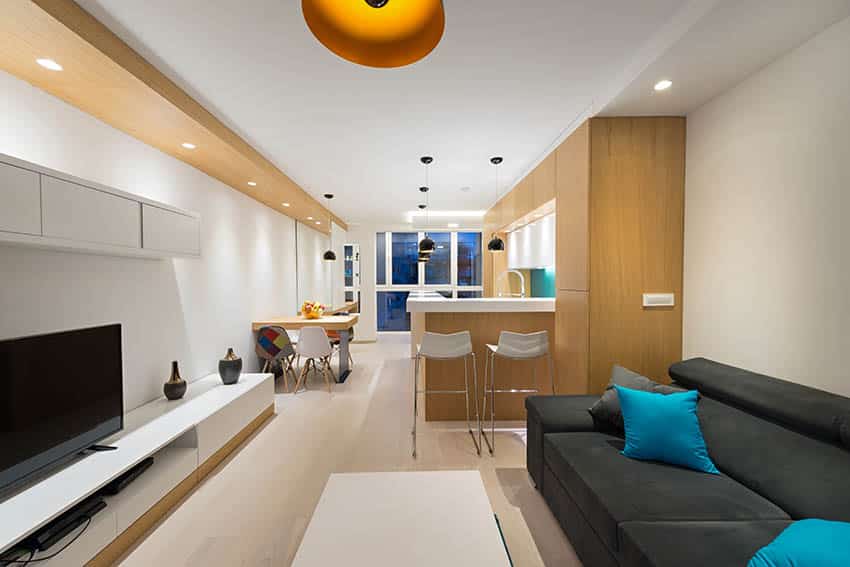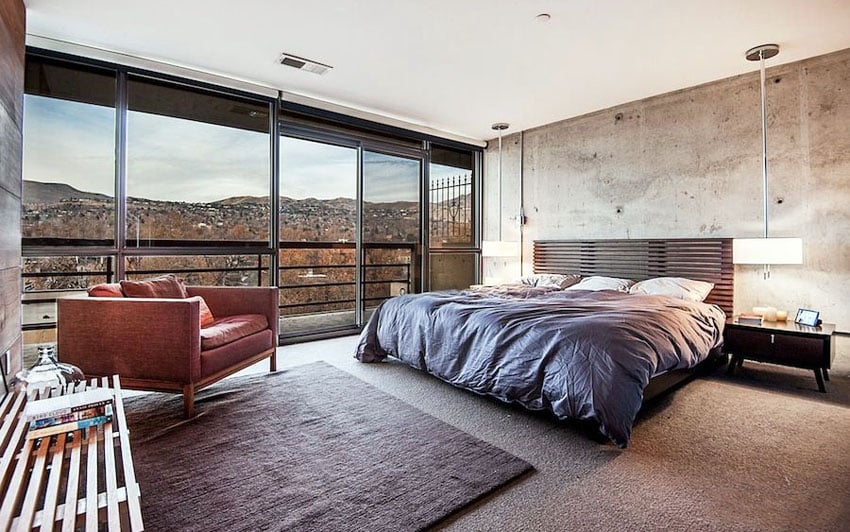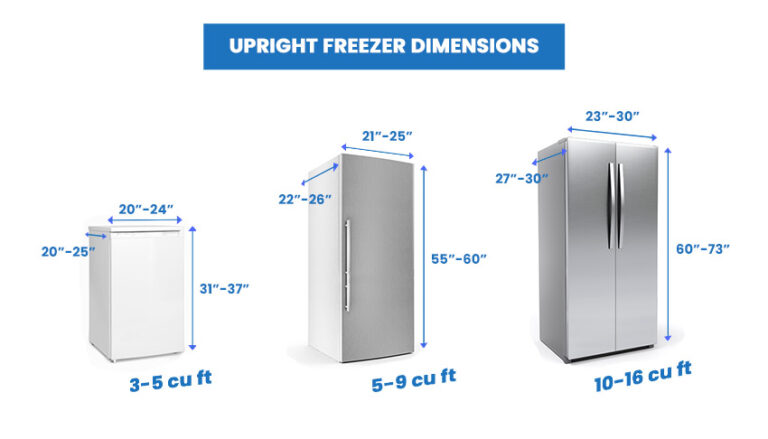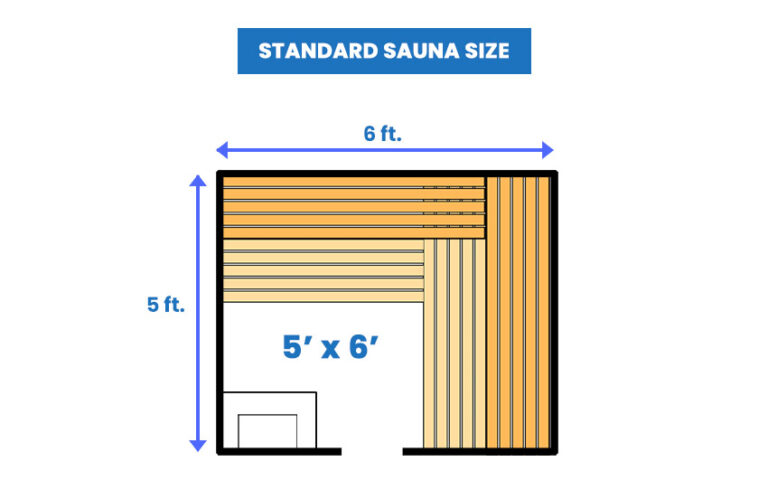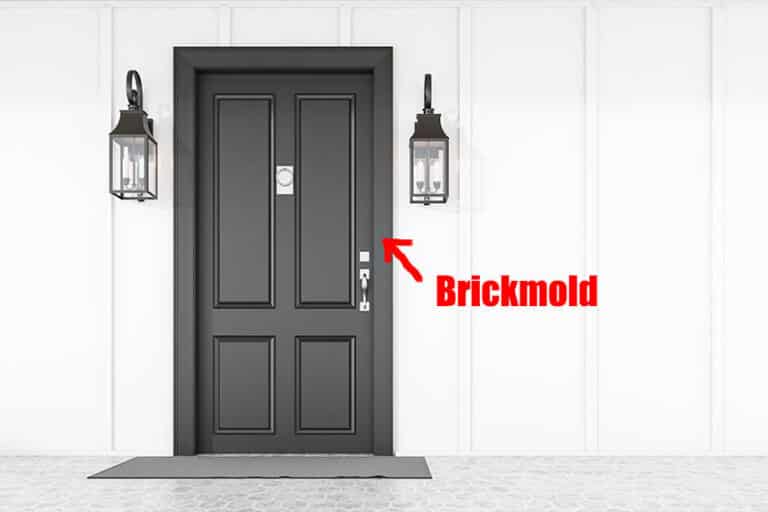What Is a Demising Wall? (Divider & Partition Design)
Below we answer what is a demising wall as well as the differences between a divider, partition, firewall and party walls.
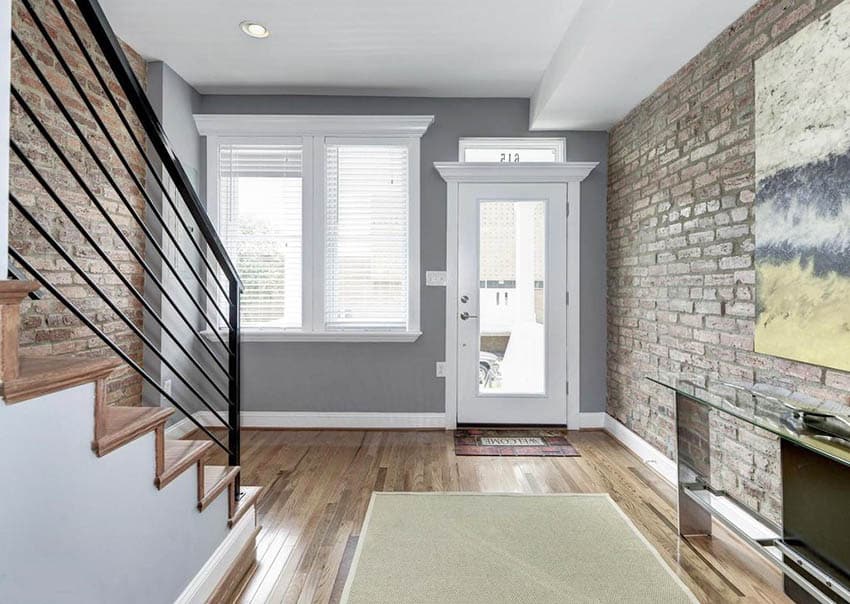
In construction and interior design, everything has a name. The obvious items in your house to the structural elements themselves are carefully named and, oftentimes, held by business codes for your safety.
Here, we will take a look at one such named feature: the demising wall. What is it, and what do you need to know about it?
What a Demising Wall Is:
A demising wall is, simply put, a divider that exists to separate a pair of residences, commercial buildings, or sometimes even a residence and a commercial building. These walls are sometimes structural and sometimes non-structural.
Think, for example, of an apartment building. A special divider is used in place of a standard partition to separate each apartment. This is a demising wall.
Diminishing wall is a popular name for these but you might hear them referred to by the following names as well;
● Occupancy separation dividers;
● Partition walls;
● Divider wall
● Firewall;
● Demising partition, or;
● Party wall
These walls are seen more and more as the world becomes more industrialized. They are often used in small areas where many people live such as the aforementioned apartment buildings. Their use is also found in condos, schools, hotels, or even shopping malls.
Why Use a Demising Wall?
The most basic use of a demising wall is to, of course, separate two areas belonging to separate parties. However, that isn’t to say that creating a property line is all a demising wall does.
Usually, demising walls are thicker than other types and are commonly insulated. This is because they are meant to be somewhat sound-canceling.
Look again at the apartment example. When you live in an apartment, you don’t want to hear everything your neighbor does. In apartment buildings or even houses where one unit or room can hear everything that happens in another, someone might put it that “the walls are thin”.
A demising wall is constructed to fix this problem. With a thicker, more insulated wall, you won’t hear your neighbors’ every conversation or sound they make. In this way, they are used to protect the privacy and peace between neighbors. This isn’t the only use of demising dividers, though.
Demising Walls for Safety
One of the other major uses is to ensure safety. As noted earlier, one of the alternate names for a demising wall is a firewall. This is because many of these dividers are used to help prevent the spreading of fire between units. That way, if your neighbor were to start a fire cooking in their kitchen, you won’t suffer the consequences.
Demising Walls for Energy Conservation
Demising walls can also be used to conserve energy between units.
With a standard wall, heat can be transmitted rather easily between units. This means when you think you’re heating your apartment, you would be heating your neighbor’s as well! Not only is this a waste of energy, but it can also wreak havoc on your electric bill.
Demising walls, on the contrary, are meant to control how much heat is conducted through them. So, with a diminishing wall, you can be sure that you’re only heating your apartment.
This also helps to regulate the temperature in your home. In other words, with a demising wall you don’t have to worry about the high air conditioning in your neighbor’s home interfering with how warm you want your home.
Types of Demising Walls
As we looked at earlier, demising walls is just one title of many. So, where do these other names come from? Are they at all different from demising walls or are they just synonyms for the same thing? Here, we will take a look at some of those names and what they mean.
Fire Wall
Let’s start with one we’ve already looked at. A firewall is simply a demising wall that is treated to stop the spread of fire. Whereas most walls would ignite when faced with a flame, firewalls are made to no react. As stated before, these help with liability and safety in an apartment building, for example, because if one occupant were to start a fire, it isn’t likely to spread across apartments.
In the United States, modern, structural firewalls are typically created from some form of concrete such as concrete blocks or reinforced concrete. In older buildings, though, brick walls were often used. This is limited to around the time prior to World War II.
Fire barrier walls are more often constructed solely to create a partition rather than offer support. These are often created from drywall or gypsum board partitions. Wood or metal framed studs are also used.
Any penetration through a firewall (i.e. pipes or cables) must be protected with a firestop.
Occupancy Separation Walls and Partition Walls
The names occupancy separation and partition walls come from the purpose of the partitions themselves. They create a dividing line – or partition – between one occupant and another.
Party Walls
The name party wall comes from the same place as an occupancy separation or partition divider. Instead of just separating a shared occupancy, though, party walls usually refer to a property line between townhouses or terraced houses, between a residential and commercial property, or between a pair of commercial properties.
In other words, party walls are usually referring to a separation of occupancy in a legal sense of ownership. The legal definition of a party wall does vary a bit from country to country.
One great example where laws differ is how the party wall itself is considered in ownership. In England and Wales, for instance, a partition may be owned entirely by one party but can be subject to easement.
Alternatively, Paris sees party walls as owned jointly. This means that if something is to be done to the parittion, it requires the legal consent of both parties. Additionally, if any repairs need to be made, both parties divide the costs equally.
In the United States, there aren’t federal requirements or rules about party walls. Instead, the rights and obligations around these shared barriers are set by the states in the form of state statutes and common law.
For more related designs see our accent wall ideas or our accent wall colors at these gallery pages.

